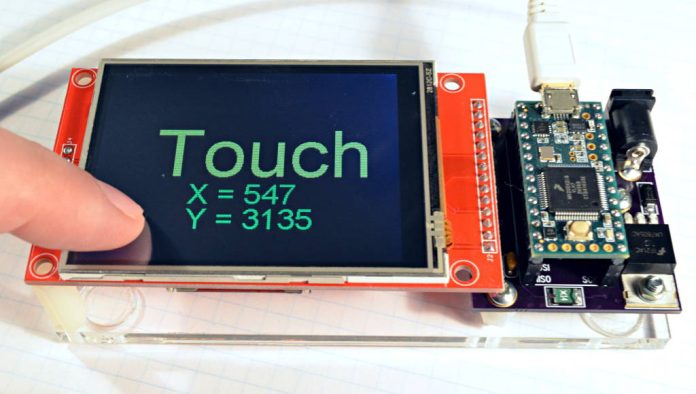Introduction
TFT (Thin Film Transistor) touch screens have undergone significant evolution since their inception. From resistive touch screens to capacitive touch screens, the technology has advanced to offer more responsive and intuitive interfaces. This article explores the evolution of TFT touch screen and their impact on modern technology.
The Early Days: Resistive Touch Screens
Resistive touch screens were among the first types of touch screens used in consumer electronics. They consisted of two flexible layers coated with a resistive material and separated by a small gap. When pressure was applied to the screen, the layers would make contact, registering a touch. While effective, resistive touch screens were not very durable and had limited sensitivity.
The Rise of Capacitive Touch Screens
Capacitive touch screens revolutionized the way we interact with technology. Instead of relying on pressure, capacitive touch screens use the electrical charge of the human body to detect touch. This technology allows for more precise touch input and multi-touch gestures, making it ideal for smartphones and tablets.
Multi-Touch and Gestures
One of the key advancements in TFT touch screens is the ability to support multi-touch gestures. This allows users to use multiple fingers to zoom, rotate, and scroll, enhancing the user experience and making interactions more intuitive.
Integration with TFT LCD Displays
TFT touch screens are often integrated with TFT LCD displays to create a single, seamless interface. This integration has led to the development of touch-enabled devices such as smartphones, tablets, and interactive kiosks.
Future Developments
The evolution of TFT touch screens is far from over. Future developments are likely to focus on improving sensitivity, reducing latency, and expanding the range of gestures supported. Additionally, advancements in flexible display technology may lead to the development of touch screens that can be bent or folded, opening up new possibilities for device design.
Conclusion
TFT touch screens have come a long way since their inception, evolving from resistive touch screens to the capacitive touch screens found in today’s smartphones and tablets. With ongoing advancements in technology, TFT touch screens are likely to continue to evolve, offering new and innovative ways for us to interact with technology.
